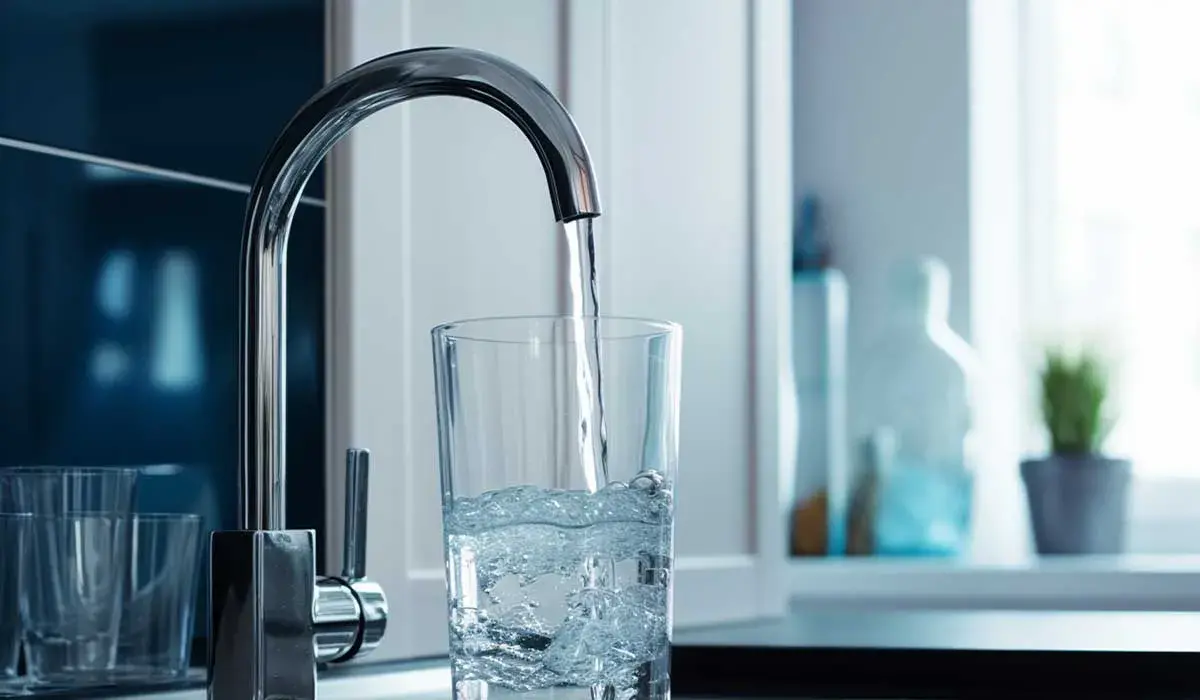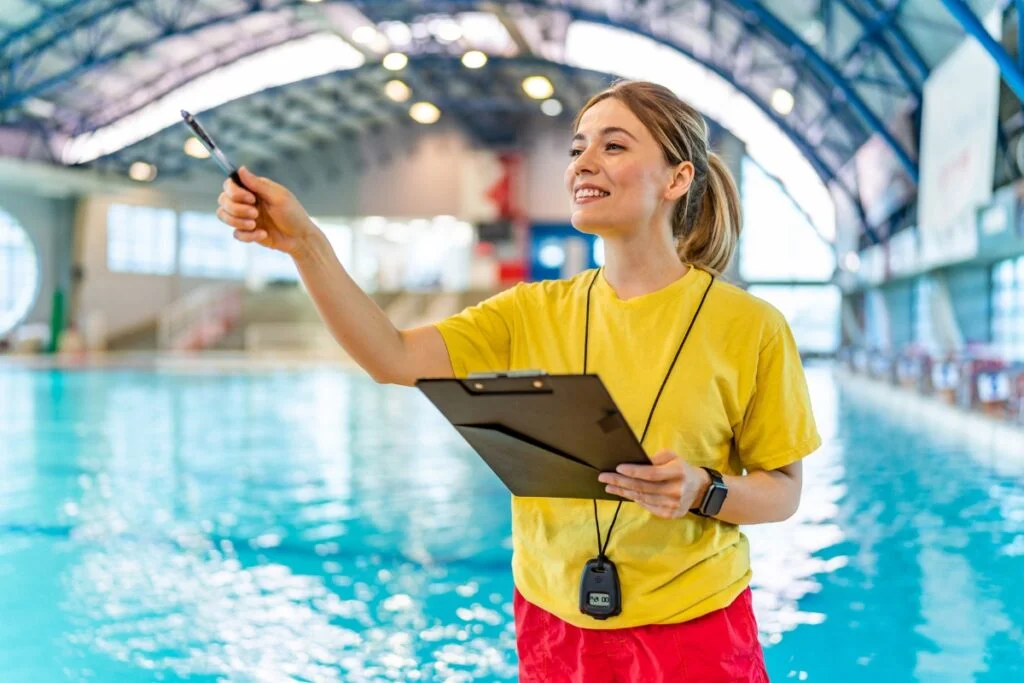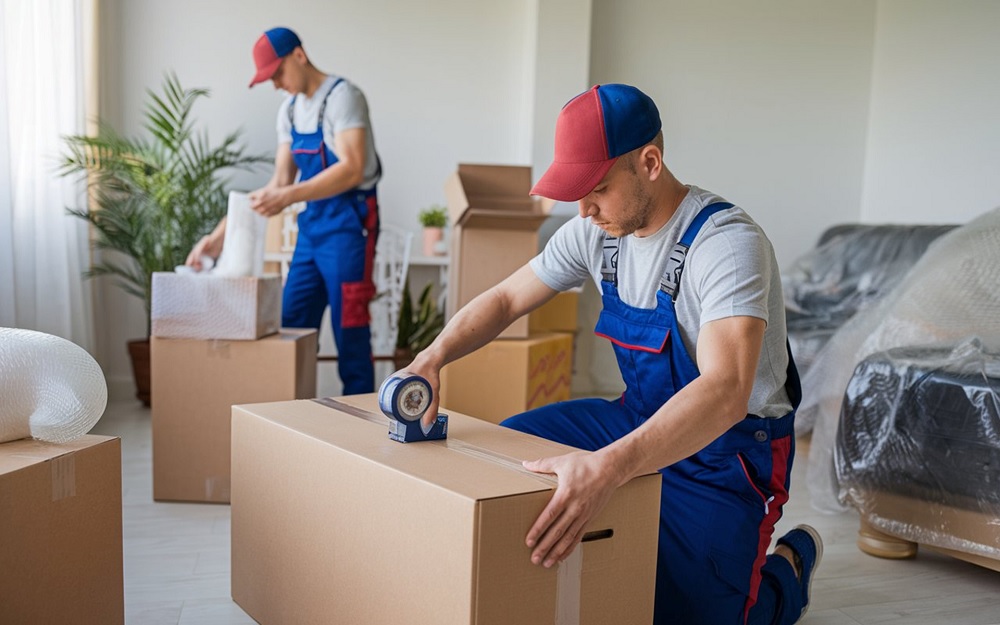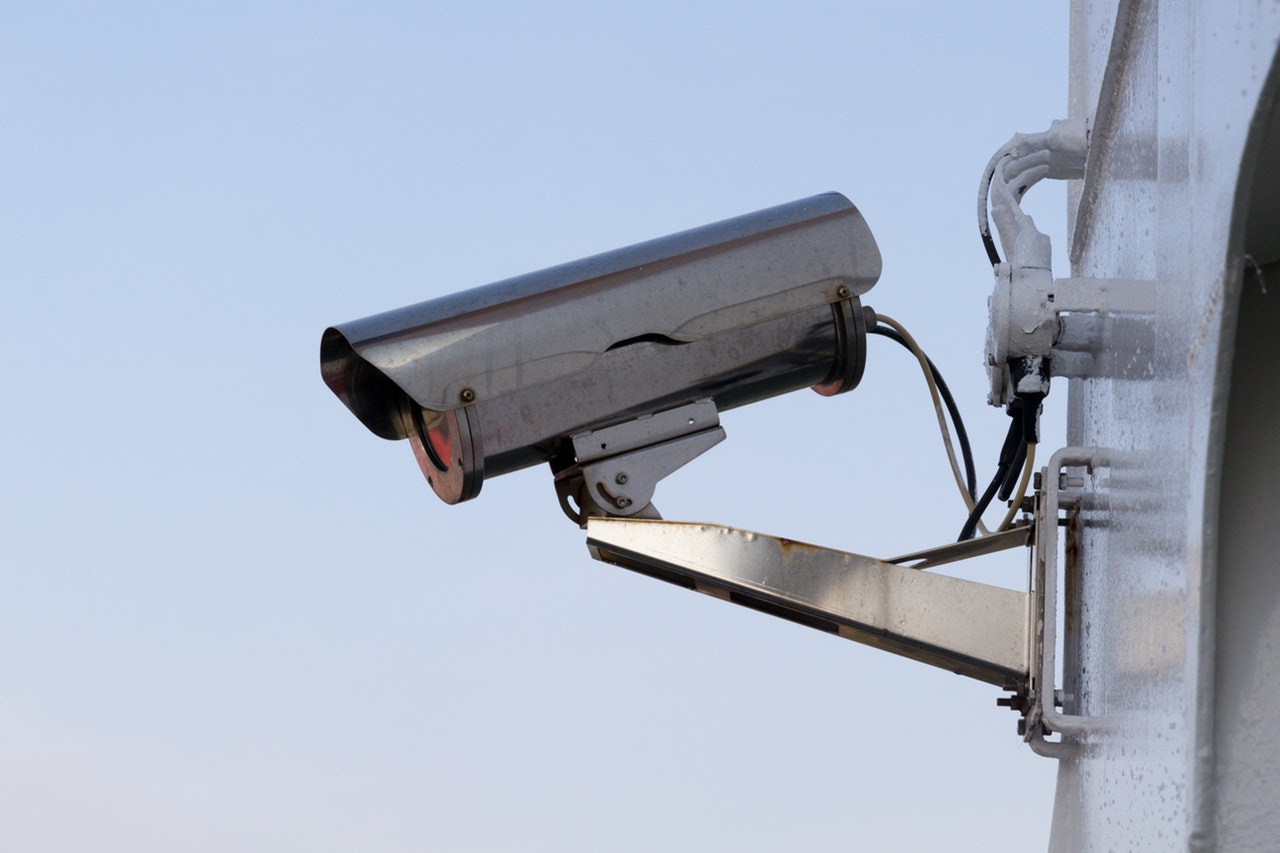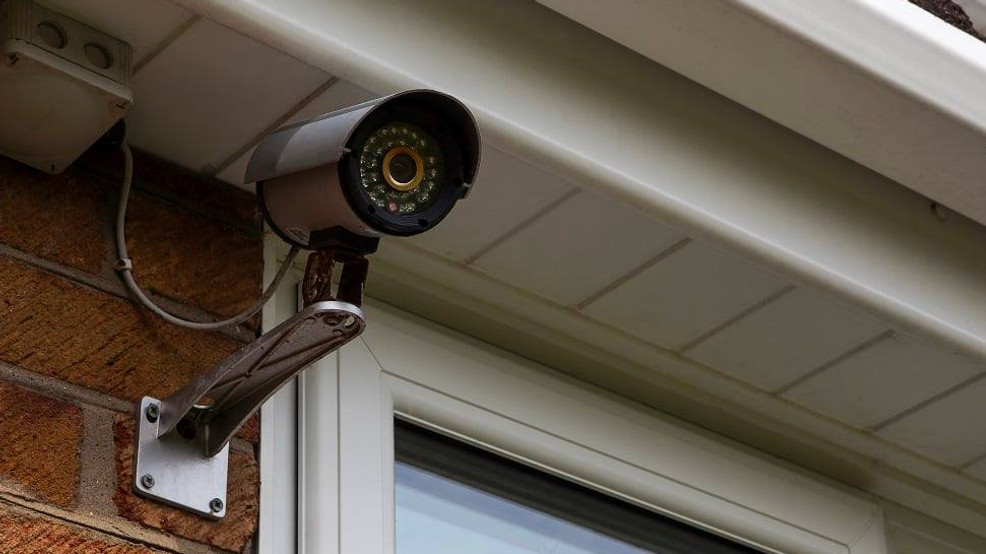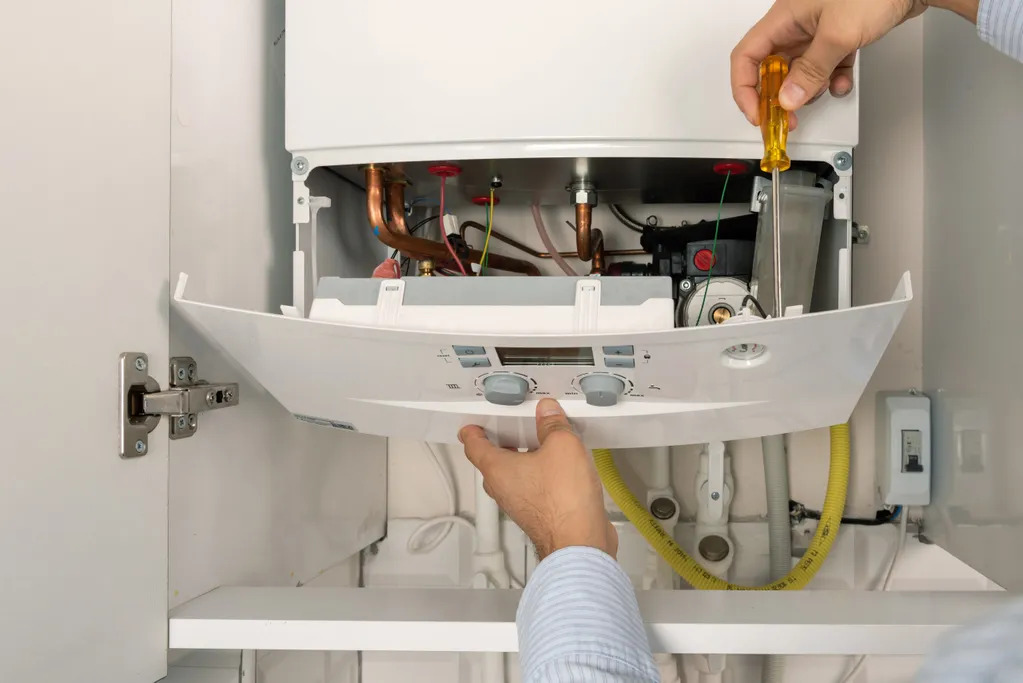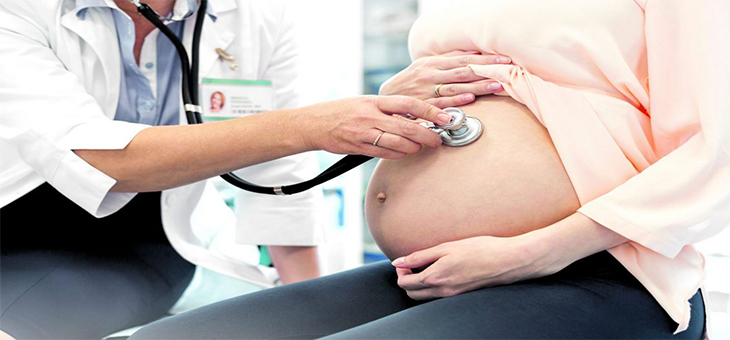Traveling abroad offers exciting experiences, but it also comes with the responsibility of ensuring your health and safety. One of the most overlooked aspects of travel health is access to safe drinking water. In many parts of the world, tap water may not meet the same health standards as what travelers are accustomed to at home, leading to potential risks of waterborne illnesses. Therefore, knowing how to purify water is crucial for staying healthy and hydrated while exploring new places. This article outlines why water purification is essential for travelers and offers practical solutions to safeguard against potential water contamination.
1. The Importance of Clean Water While Traveling
Waterborne diseases are among the most common health risks for travelers, especially in areas where sanitation systems are inadequate or the water supply is untreated. Contaminated water can carry a range of harmful pathogens, such as bacteria, viruses, and parasites, which can cause serious illnesses like diarrhea, cholera, dysentery, and typhoid fever. Travelers who consume unsafe water are at risk of experiencing symptoms that can range from mild stomach upset to severe dehydration, impacting their ability to enjoy their trip or carry on with their itinerary.
Because not all destinations have reliable access to clean water, it is crucial for travelers to be aware of the risks and take proactive measures to protect themselves. Understanding water quality and knowing how to purify water will not only keep you safe but will also help you avoid unnecessary disruptions to your travels.
2. Identifying Risky Water Sources Abroad
In some countries, especially those in developing regions, tap water may be unsafe for consumption. Even in more developed destinations, water sources can become contaminated due to factors like pollution, industrial waste, or aging infrastructure. It’s essential to identify whether the tap water is safe in the area you’re visiting.
General guidelines include:
- Avoid drinking tap water in areas where the local population uses bottled or filtered water. This is often a sign that the water is not safe for consumption.
- Check local recommendations. Many travelers seek advice from hotels, locals, or travel guides regarding the safety of the water supply.
- Use bottled water in regions where the safety of tap water is questionable. However, even bottled water can be risky in some places, especially if the seal is broken or the bottle is improperly stored.
- Look for signs of water pollution. If the water has a strange taste, smell, or appearance, it is best to avoid it.
While bottled water is commonly available in tourist areas, it is important to be aware of the environmental impact of single-use plastics, which has led many travelers to seek more sustainable alternatives.
3. Methods of Water Purification
There are several reliable ways to purify water while traveling. The best method for you will depend on your destination, the type of activities you’re participating in, and your level of comfort with different purification technologies. Below are some of the most common methods of purifying water:
a. Water Filters
Portable water filters are one of the most popular methods of water purification among travelers, especially those who enjoy outdoor adventures. These filters work by removing contaminants from water through a physical barrier, often with activated carbon or ceramic materials. Filters are effective against bacteria, protozoa, and sediment, and some models can even filter out viruses.
Portable filters are available in various forms, including pumps, straws, and gravity filters, and are designed to be lightweight and easy to carry. Many filters are capable of purifying a large volume of water, making them ideal for camping, hiking, or even traveling in remote areas where clean water sources are scarce.
b. UV Sterilizers
Ultraviolet (UV) light is another effective method of water purification. UV sterilizers use light to deactivate harmful microorganisms like bacteria, viruses, and protozoa. UV purifiers are compact and easy to use, making them a popular choice for travelers. You simply need to submerge the UV device in a water source, and in a matter of minutes, the water will be treated and ready for consumption.
UV sterilizers are highly effective against viruses and bacteria, but they don’t remove physical debris or toxins from water. For this reason, it’s recommended to use a filter or pre-filter the water before using a UV purifier to ensure the water is both safe and clean.
c. Chemical Purification Tablets
Chemical purification tablets are a lightweight and cost-effective solution for travelers seeking to treat water quickly and easily. These tablets, typically made of iodine or chlorine dioxide, can kill harmful pathogens by disrupting their cellular structure. Chemical tablets are easy to pack, require no special equipment, and are ideal for emergency situations.
However, some travelers find the taste of chemically treated water unpleasant, and these tablets may not be as effective against certain parasites, such as Cryptosporidium. It’s important to follow the manufacturer’s instructions for proper usage to ensure the water is fully purified.
d. Boiling Water
Boiling is one of the oldest and most reliable methods of purifying water. By bringing water to a rolling boil for at least one minute (or three minutes at higher altitudes), you can kill most pathogens, including bacteria, viruses, and parasites. Boiling water is a good option when you have access to a stove or fire but may not be as convenient in outdoor settings where fuel and time are limited.
While boiling is highly effective, it does not remove other contaminants, such as heavy metals or chlorine. This method is best used in areas where water is contaminated with biological pathogens rather than chemicals.
4. Choosing the Right Water Purification Method
When selecting a water purification method for your travels, there are several factors to consider:
- Destination: Research the quality of water at your destination. If you’re traveling to an area with known water contamination issues, a combination of a water filter and UV sterilizer might be the best option.
- Portability: Choose a system that fits your travel style. If you’re hiking or backpacking, a compact and lightweight filter or UV sterilizer may be preferable.
- Volume of Water: If you need to purify large amounts of water, a gravity filter or pump filter may be the most efficient choice.
- Time Constraints: If you’re short on time, a UV sterilizer or chemical tablets are fast and convenient methods.
- Budget: Consider the upfront cost of the purification system and the long-term cost of maintenance, such as replacement filters or tablets.
5. Other Water Safety Tips for Travelers
In addition to using purification methods, there are other precautions you can take to ensure water safety:
- Use a water bottle with a built-in filter: Some reusable water bottles come with integrated filters, allowing you to purify water on the go. This is a convenient and sustainable way to ensure access to safe drinking water without having to carry additional purification equipment.
- Avoid ice: In regions with unreliable water sources, avoid consuming ice, as it may be made from contaminated water.
- Be cautious with food: Waterborne pathogens can also be transmitted through food. Ensure that the food you consume is cooked thoroughly, and avoid raw fruits and vegetables that may have been washed with contaminated water.
Conclusion
Water purification is a critical consideration for travelers seeking to stay safe and healthy abroad. By understanding the risks associated with unsafe drinking water and equipping yourself with the right purification tools, you can enjoy your travels without the fear of waterborne illnesses. Whether you opt for a portable water filter, UV sterilizer, chemical tablets, or boiling water, taking steps to ensure clean drinking water will allow you to explore new destinations with peace of mind. Stay prepared, stay safe, and never underestimate the importance of purified water in maintaining your health while traveling.

